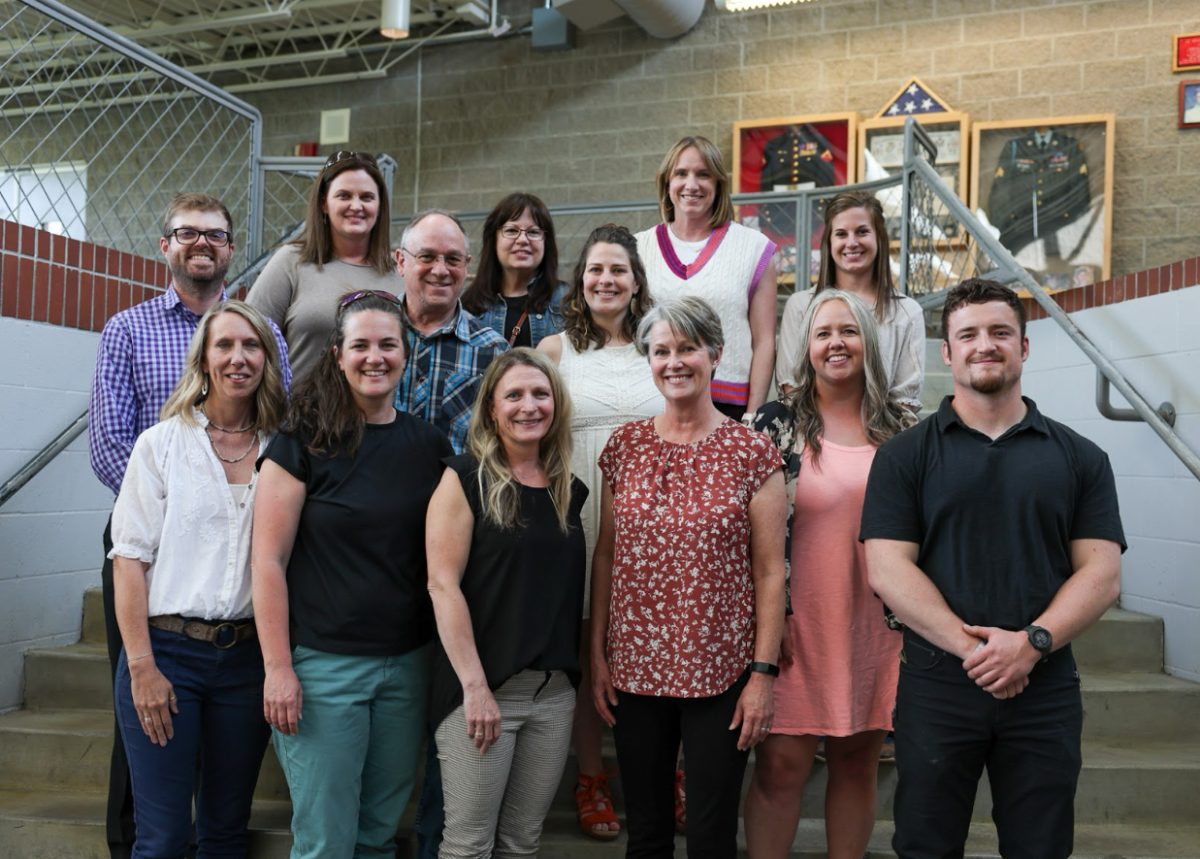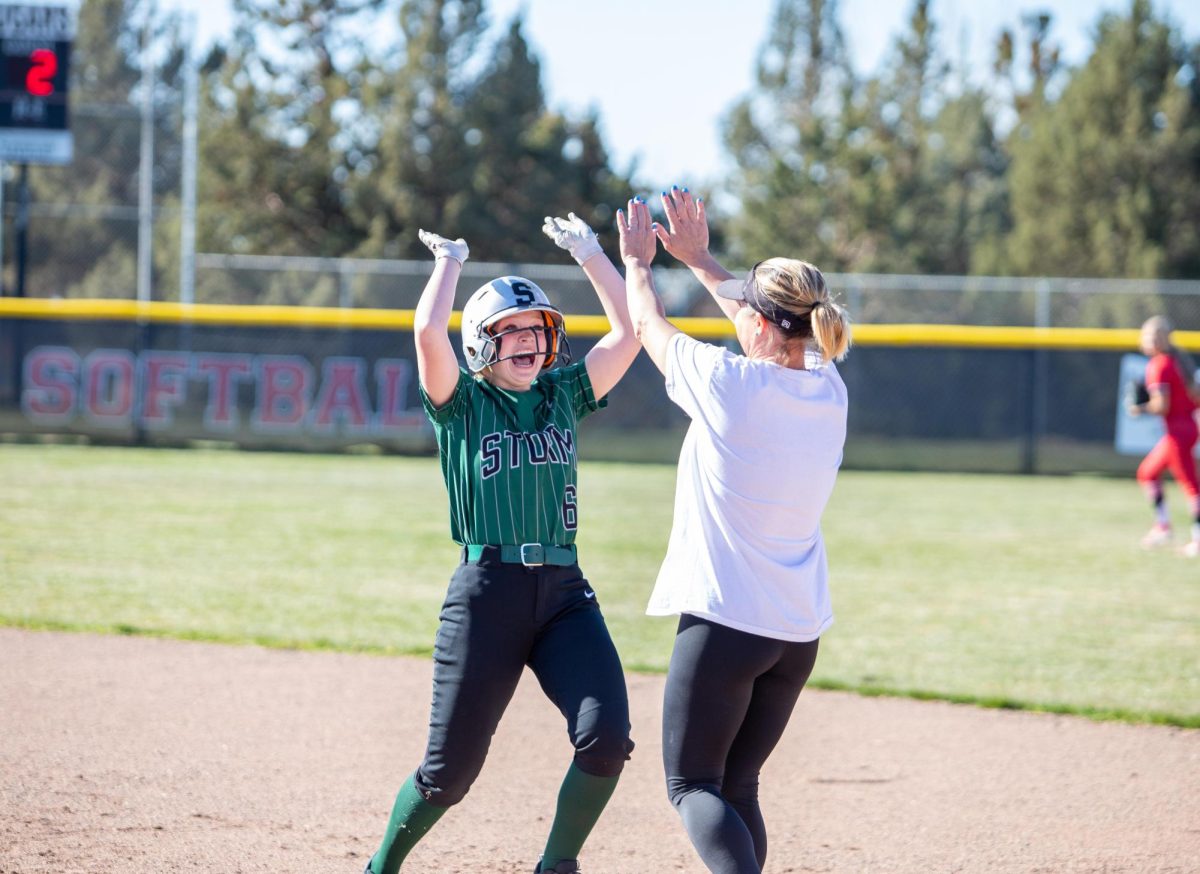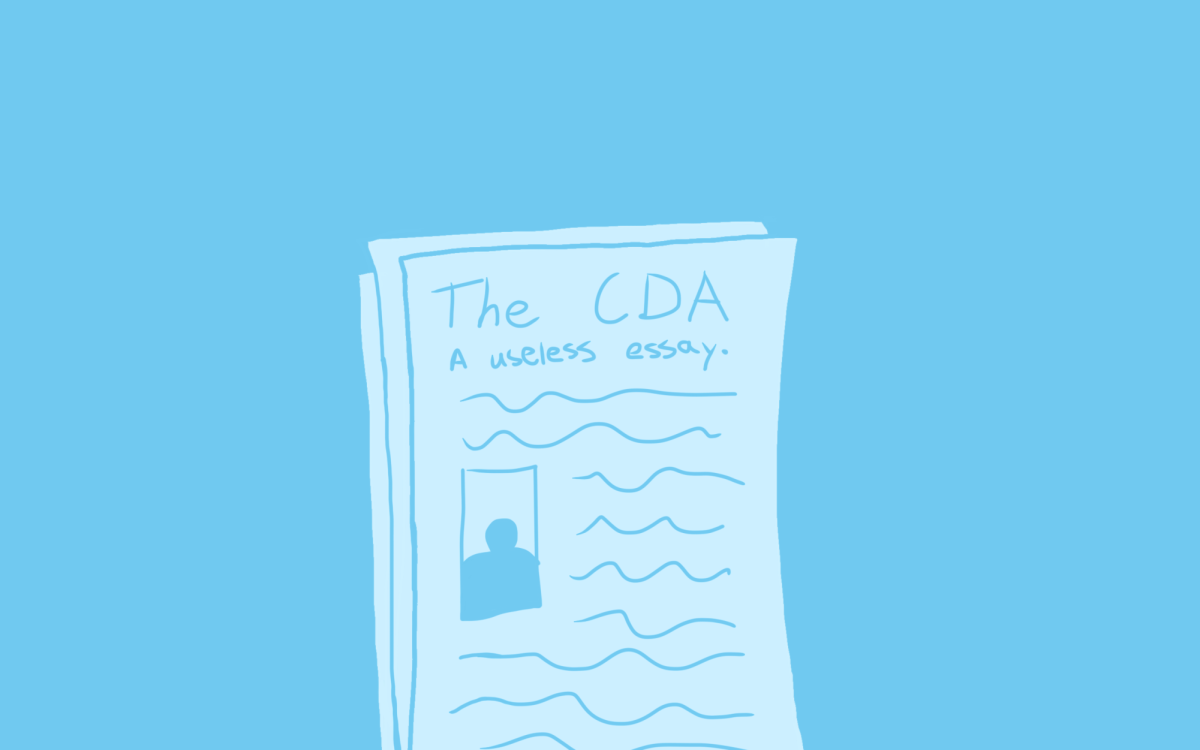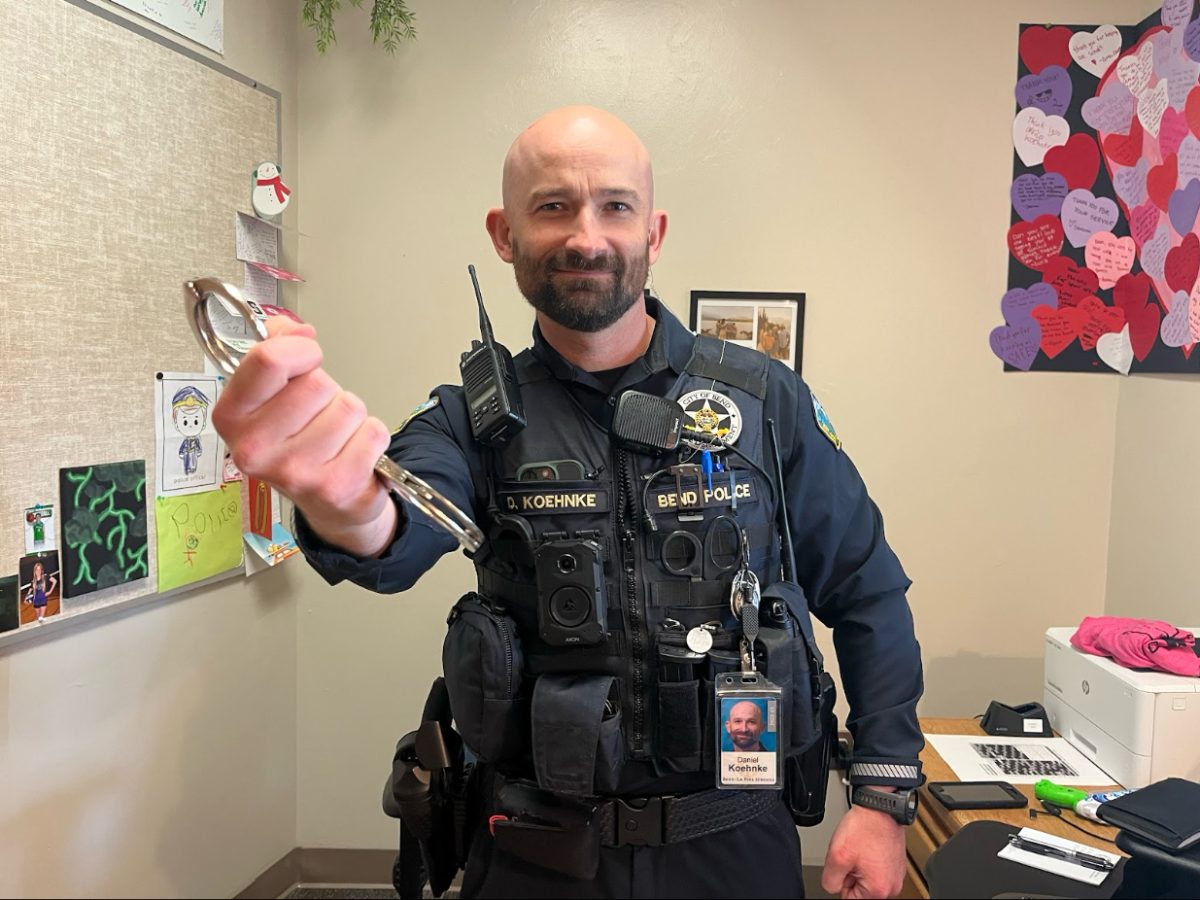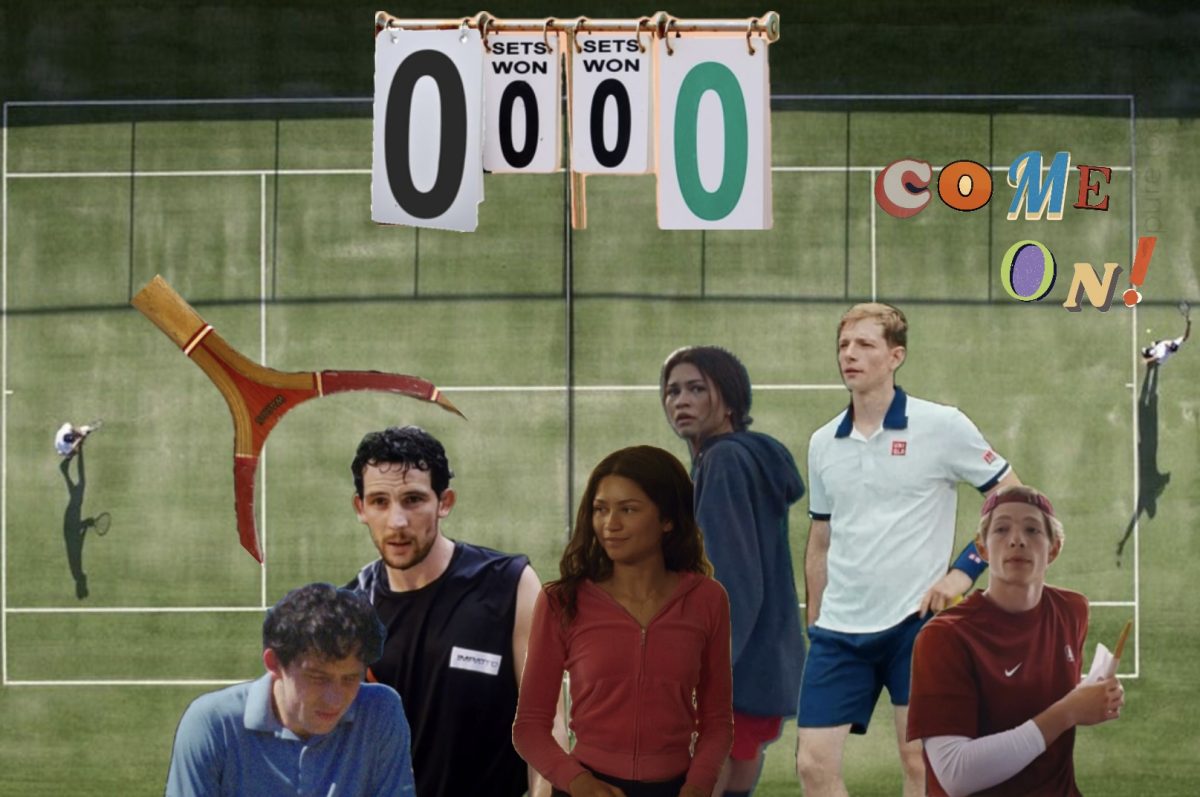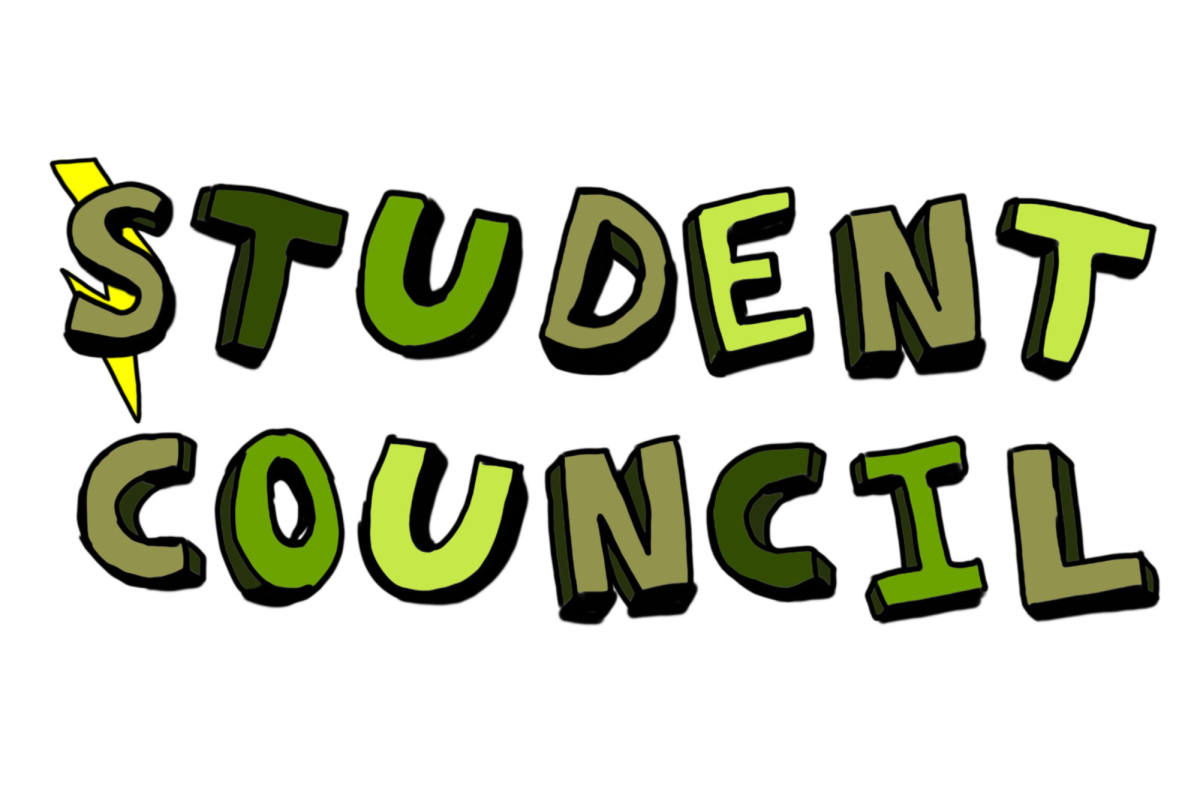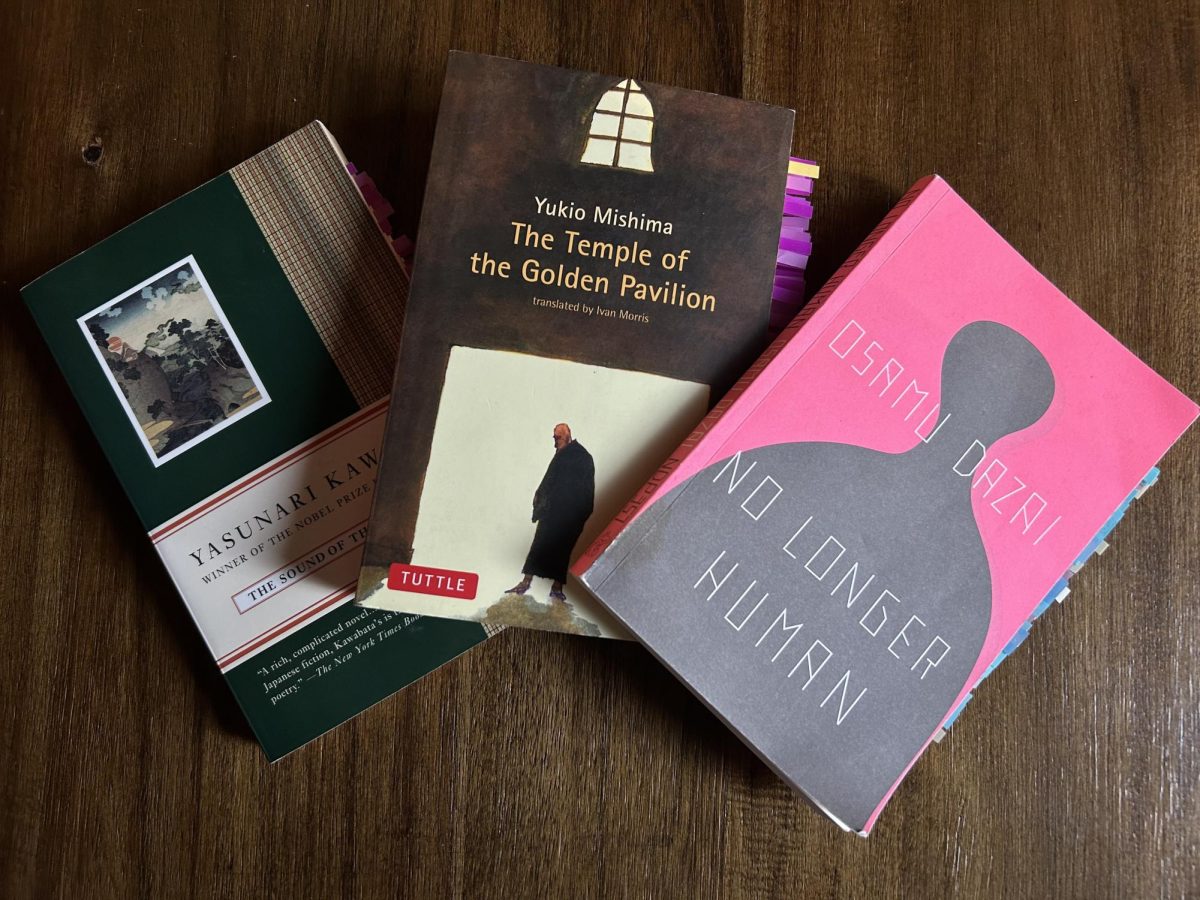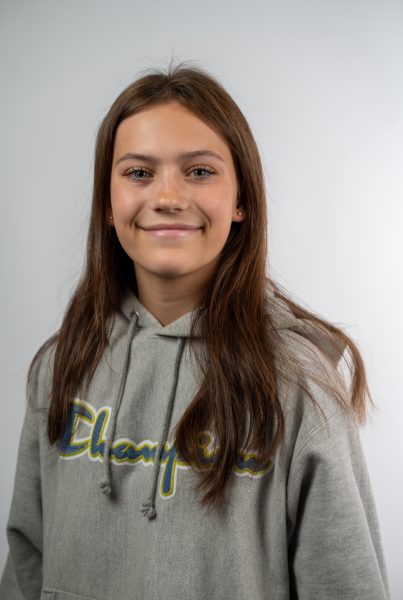Where did Summit’s creative writing class go? Over the past few years, this English class has disappeared from Summit’s course offerings, and nobody knows why, how to get it back or if they even want it back.
Creative writing is a class that offers exploration into non-analytical writing. Throughout the semester, students would focus on smaller projects such as poems, memoirs, short stories and more. Erin Carroll, head of the Summit English department, seemed excited when she explained the types of openers and writing that creative writing students did, including a children’s book unit in which kids wrote their own picture book. In addition, teachers claim the course is extremely beneficial to students.
“[The class] gives kids an outlet,” said Summit English teacher Doug McDonald. “There are a lot of kids. A lot of them might have dance as an outlet for art, or music. But we don’t give them anything other than our news staff and journalism class. We don’t provide creative writing opportunities for kids.”
Throughout high school, kids and teens are trained to focus almost exclusively on analytical writing, without realizing how beneficial creative writing can be. While inquisitive writing may be favorable for giving kids more vocabulary or argumentative skills, creative writing can help teens increase self-esteem, express feelings and improve mental clarity.
Not only is it beneficial to their future school career, but creative writing can also allow teens to learn how to speak about, or out for, themselves. It can prepare them to write college applications, resumes and any other piece of writing that isn’t analytical. Unlike inquisitive writing—which, to be honest, can get tiring—creative writing will support us in job settings and stick with us throughout life. Analytical writing is something that high schoolers almost only write. As McDonald said, we aren’t given nearly any creative writing opportunities throughout high school, which is not only damaging but also exhausting to students.
Despite the clear benefits, creative writing was cut from Summit’s electives. When asking around Summit, teachers had a lot to say on the subject.
“My guess is that just because of budget cuts and FTE, other classes were getting bigger,” Carroll commented when questioned on the subject.
FTE, which stands for Full-time Equivalent, is a form of measurement that displays the number of full-time hours employees of a certain organization work. Carroll is referring to the FTE used to calculate how much funding a school or district receives based on the number of students and teachers it has. To do this they use FTE, which in this case is the number of students that a teacher or educator works with in the course of their employment, multiplied by the number of hours worked. In other words, Carroll is saying that we simply did not have enough funding to be able to hold a creative writing program as we didn’t have enough funding to hire another teacher.
“After 2008 we lost a lot of money in our schools, and so we had to tighten things up. We got rid of a lot of electives,” McDonald said, expanding on Carroll’s point. “But it also might have been because there are four years of English required. What was happening was people were taking creative writing their sophomore year or junior year. And it was an English credit, a non-elective credit. They didn’t have to take any English classes senior year because they took film as lit or creative writing.”
McDonald believes that we may have lost it for a different reason. His concern was that it was cut because seniors no longer had to show up for an English credit after taking creative writing, or film as lit (which was also an elective with English credits) instead.
He then proposed a solution: switch the English class to an elective credit and avoid seniors skipping classes. This seems like a perfect solution, but if the school put it into action and ended up getting this elective back, would kids sign up for it?
“So my first year here, which was 11 years ago, I was given creative writing… I had over 40 kids in it,” Carroll said. 40 kids is bigger than a big class, it’s a bursting class. When Carroll hosted the class, it was filled and a class everyone wanted to get into. While it isn’t guaranteed that it will fill up like this again, it does sound like it would be one of the more fun electives to take.
In fact, students have already taken the absence of this class into their own hands. This year a creative writing-centered club was introduced: NaNoWriMo Club. NaNoWriMo, which stands for National Novel Writing Month and occurs every November, is a creative writing competition calling authors old and young worldwide. The goal is to try and write 50,000 words (100 pages) in a month. But even with all the progress, the main question is simple: how can Summit bring creative writing back?
“I would say that that advocating needs to happen. More so at the district level than it does in the building level,” said Carroll. In other words, a petition or another form of the sort will shine a light on the amount of kids who want to do it. The building is most likely already aware, and based on the interviews, it’s mostly funding that’s holding the class back.
Does it sound fun to make up a fun story about a kid being served up on a plate, or write a children’s book to show to your family or siblings? Or are you, like many, just exhausted from always writing the same analytical work every time you enter class? Then you might be wondering, what you, a Summit High School student who’s just trying to get all their homework done before midnight, could do to help.
Students can start by showing the school building an interest in creative writing. Ask your teacher if you can have a creative writing unit, be curious and ask questions. Take up creative writing as a habit, even if it’s through small poems or just writing in a journal. Show that students want a creative writing class in the first place, and then the topic can be taken to the district. Creative writing is beneficial for minds, futures and emotional health, so why not fight for it?


